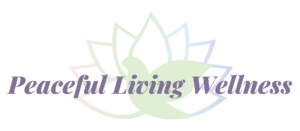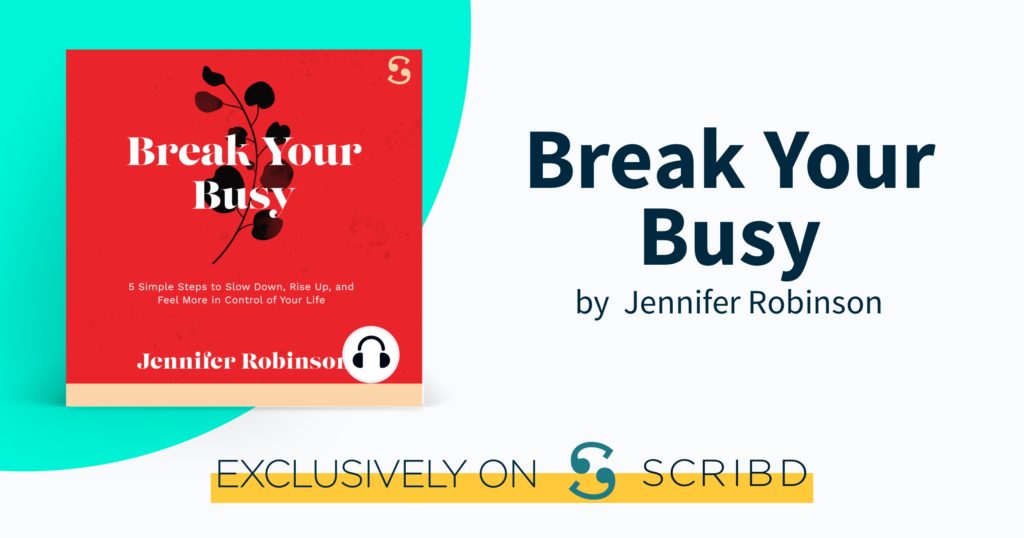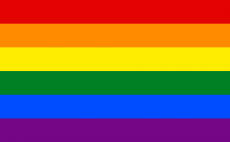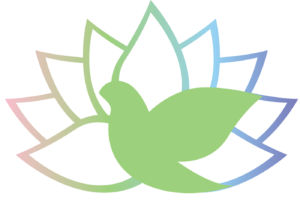All humans are worthy of respect and dignity. And that respect and dignity should not be demeaned based on how a person shows-up in respect to their gender identity or sexual orientation. And, it certainly should not be demeaned based on who they love. Being an LGBTQ+ ally is actually very easy. Here are few simple guidelines you can follow:
START FROM A PLACE OF LOVE
If you set-out into society with a mindset of love it is difficult to look down on others based on who they are or how they choose to show-up in this world. If you look upon others as being worthy of respect, dignity and love, the veil of criticism and negativity that can plague our vision of others will not cover your eyes.
When you look upon another person who is different from you, whether on the basis of their race, their clothing, or who they choose to love, and see them as unworthy, you are embracing ill will, not love. Instead, if you choose to start from love you will see them as humans who are as deserving of good will as you are.
PROTECT LOVE
When a person loves another person it does not matter the sex or gender identity of that person. Love is something that a society should lift-up and protect, not denigrate on the basis of who is in love.
As the United States Supreme Court noted in the landmark same-sex marriage case Obergefell v. Hodges :
The nature of marriage is that through its enduring bond, two persons together can find other freedoms, such as expression, intimacy and spirituality. This is true for all persons, whatever their sexual orientation.
~ Justice Anthony Kennedy
To be an LGBTQ+ ally one need only stand-up for the rights of all people to love and be loved. It is as simple as that.
SUPPORT EQUAL PROTECTION
Just as it is a fundamental right of all persons to marry, it is also a fundamental right to be free from discrimination in employment, housing and access to healthcare. While it is against federal law to discriminate on the basis of race, religion, national origin, sex or sexual orientation, this type of discrimination still occurs.
Stand-up and speak when you witness discrimination. Stand-up and speak out against discrimination of all kinds, including on the basis of sexuality and/ or gender identity. Discrimination does not just happen on the basis of race and sex, it is still incredibly common for people to face discrimination on the basis of their sexuality or gender identity.
BE AWARE OF UNCONSCIOUS BIAS
We all hold unconscious biases – biases that are based on social stereotypes about groups of people. These are biases that are imprinted in our brains from our upbringing, from the media and from our cultural context. In order to overcome our unconscious biases we simply need to become conscious of them.
Try this thought experiment: Think of a social situation that causes you stress or makes you uncomfortable. Do you associate that stress or uncomfortable feeling with a group of people? I like to use driving as an example in this experiment. When you witness someone driving in a careless or aggressive way, does your mind tend to think that the driver is a man or a woman? Do you associate the poor driving with a person of a certain age? Or, perhaps with a person of a particular race or ethnicity?
These are unconscious biases. When we realize that our brains are categorizing and then associating a behavior on the basis of sex, race, age, sexual orientation, etc. before we even know what the person looks like, that is unconscious bias.
Let’s try another example: What would your first reaction be if a gay man showed-up for an interview to be your children’s nanny? Or if a lesbian mom was the troop leader for your son’s Boy Scout Troop?
Is your first reaction one of apprehension?
Now, are you able to be aware of your apprehension, have the realization that it is caused by an unconscious bias, and move forward into a mindset of acceptance and approval?
That is the simple process of moving an unconscious bias into a conscious awareness and moving beyond the bias.
RECOGNIZE MICROAGGRESSIONS FOR THE TRUE HARM THEY CAUSE
Microaggressions are subtle slights, condescensions or small episodes of disrespect. We are becoming more aware of these on the basis of race and sex, but they are just as common on the basis of sexual orientation and gender identity.
They also cause an intense amount of stress for the person, or people, on the receiving end of the microaggressions. So often the aggressor, and perhaps larger society, tries to brush microaggressions off as “no big deal” or “such a little thing.” But, this is an example of “Gaslighting” or psychologically manipulating another person into questioning their reasoning and feelings. When microaggressions are brushed-off as harmless it makes the recipient of the aggression question their pain.
Don’t engage in microaggressions, even if you are “just joking.” Think of them affecting another person as if you were applying many little cuts to that person. Even little cuts will cause a person to bleed.
A truly good ally will call others out when they witness microaggressions. That ally will call attention to the microaggression and stand-up to any gaslighting that may occur as a false defense of their actions.
MIND YOUR WORDS
Finally, a careful and mindful LGBTQ+ ally will also mind their words. While there is some disagreement about appropriate language here are a few guidelines from The Gay and Lesbian Alliance Against Defamation, more commonly known as GLAAD.
Abstain from using the word “homosexual,” it has a clinical history of causing great harm to people and it has a cultural context as an aggressive slur. Try to use the word that applies to the person to whom you are referring if possible – e.g. lesbian, gay, bi-sexual, transgender (or perhaps trans), queer, intersex – or you can use LGBTQ+.
Following from this, don’t use the word homosexual to describe a relationship or couple. It’s okay to just say “relationship” or “couple.” It is acceptable to use the term “gay couple” in a positive context and when a more detailed description of the couple is needed. For example, if you would not describe a straight couple as a straight couple in the context of what you are saying, there is no need to describe a same-sex couple as such either.
Avoid combining the word “sexual” with the word “preference.” When you refer to someone’s sexuality as a preference, you are implying it is a choice. The accurate description of a person’s attraction to others is “sexual orientation.”
There are many more helpful tips on terms to avoid and terms to use on GLAAD’s Media Reference Guide page. The terms I cover above will get you started on using the correct terminology as an LGBTQ+ ally.
A NOTE ON PRONOUNS
We’re seeing a move toward self-identifying pronouns all over! From Instagram to email signatures we are seeing the inclusion of gender identification – or non-identification, if the case may be – as an emerging norm. But, why should we care? What’s the big deal about a pronoun?
Simply put, when you use a person’s self-identified personal pronouns it is a sign of respect. Just as you would ask a person if they want to be referred to as “Mr.” “Ms.” or “Dr.” so-to it is proper to ask a person which pronouns they prefer.
And when in doubt, it’s okay to use the non-gendered pronouns “they” or “them.” While converting what we typically know as a plural pronoun in reference to an individual, once you use these a few times in the individual context it will become natural.
For more on pronouns check out the mypronouns.org site!
IF YOU ARE TRYING, YOU ARE BEING A GOOD LGBTQ+ ALLY
Don’t worry if you trip over your words sometimes. Don’t worry if you miss a microaggression from time-to-time. If you are trying your best to treat people with respect, dignity and value you are being a good ally.
When/ if you mess-up offer an apology. And provide a safe space for further discussion.
And most of all, when you start with love, you will definitely be a good LGBTQ+ ally!
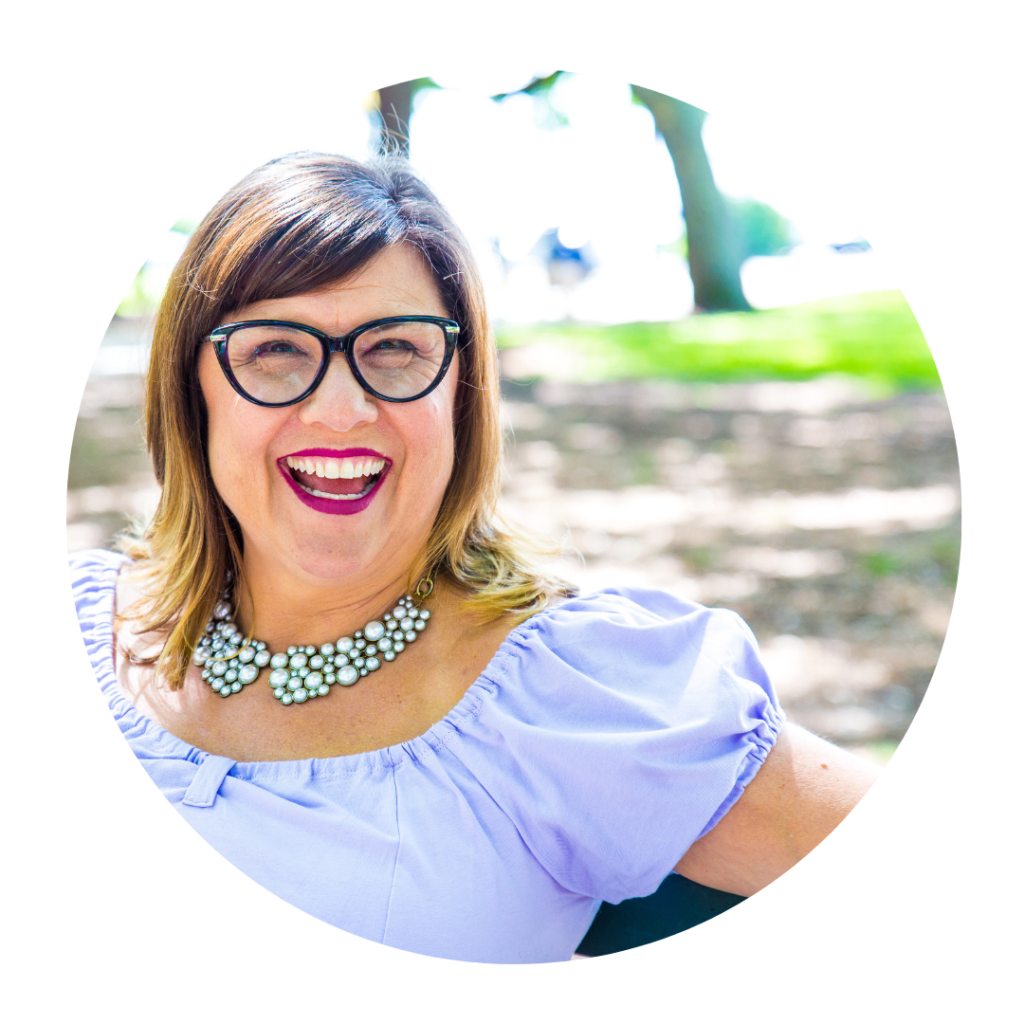
JEN ROBINSON
Jen Robinson is the creative force behind the wellness brand Peaceful Living Wellness which is dedicated to providing a wide-variety of high-quality wellness information. Jen is also the creator of the Peaceful Living Wellness life coaching division, and offers workshops, individual and group coaching as well as retreats where she guides women in using Mindfulness and Mindset to build their inner strength on a foundation of inner peace. Jen also is the co-creator of the business coaching brand CEO Mindset that guides entrepreneurs in building their businesses without burning out.
The latest addition to her repertoire is that she recently signed-on as the Wellness Director for the business development company Wealthy Women Entrepreneurs . She is very excited to be leading this group of dynamic women entrepreneurs into success in their businesses and lives!
The most important part of Jen’s life are her two very active teenagers, AJ & Layna!
Jen’s Mindfulness and Mindset techniques inform her business, her parenting and her life!
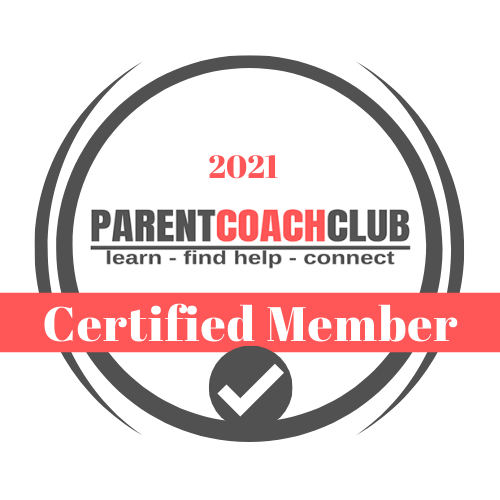
FACEBOOK
FACEBOOK GROUP
INSTAGRAM
PINTEREST
